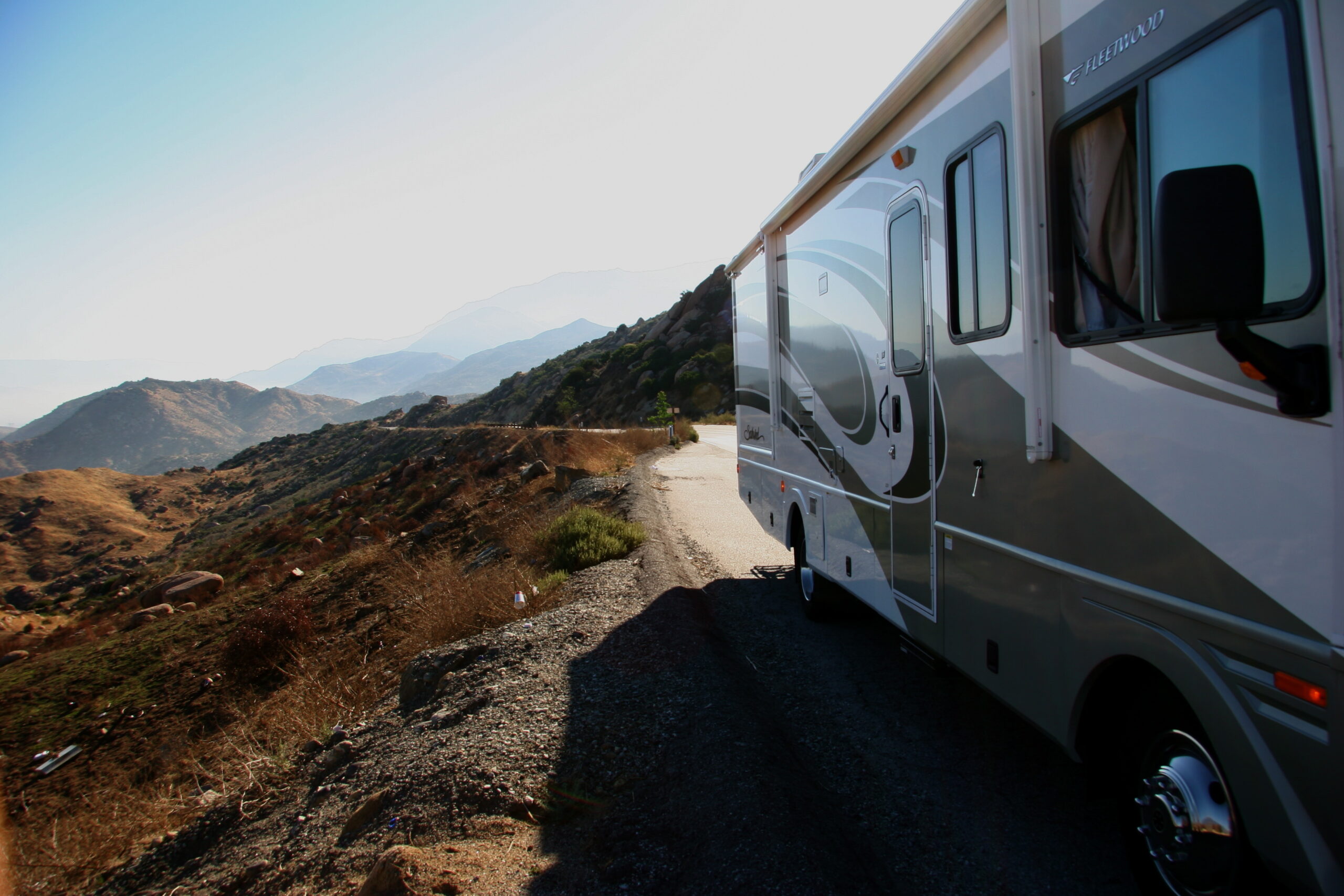
Is Your RV Slide-Out Moving While Driving? Here’s What To Do
Driving or towing an RV is a large responsibility that can be stressful. There are lots of things to watch for and be aware of. Your pre-trip inspection and walk-around is a must to ensure you’re road safe.
When it comes to your slide-outs, not much thought is usually put into them. You fully close the slide and move on without any hesitation. Slides are either open or closed, right?
Although slide-outs are very reliable, and for the most part don’t move unless you are at the controls, there is a chance of movement while driving.
This can be a shocking sight to see in your mirrors when driving down the highway. Although it is highly unlikely a slide room will fully extend while driving, the slide room can move around or begin to pull away from the wall in certain situations.
Here’s what to do if your RV slide-out moves while driving.
What causes an RV slide-out to move while driving?
It is important to consider that RV slide-outs are basically a box that fits inside a cutout in your RV wall. It is a separate component connected to the RV. In the same way, it extends with a push of a button, and there is a possibility for it to move out on its own.
Having an RV slide-out move when driving can be very dangerous. If extended far enough, the slide can come in contact with objects and make your RV unbalanced, causing control issues.
Hydraulic Slide-Outs
If you have a hydraulic slide, there is a possibility that you have an issue with the hydraulic system, which is causing the movement.
Air in the lines and/or a leaking cylinder are two possible culprits. Hydraulic systems contain lines under pressure as well as cylinders with multiple seals. Any change in how the hydraulic fluid is flowing or the pressure in the system can cause issues.
If you are not comfortable working with pressurized hydraulic systems, it is best to have a pro investigate.
Electric Slide-Outs
Electric units with a rack and pinion style system have no lines or fluids to check. Instead, there is an electric motor that powers the operation of the slide.
When in the fully retracted position, there should be a lock that engages, preventing the slide from moving from this position.
It is possible this lock isn’t fully engaging and allowing the slide to move. The lock can be manually operated in the case you need to manually extend or retract your slide. Check to see if it didn’t engage on accident this one time or if the lock lever has failed.
If your RV slide-out moves while driving, it may just be that something is preventing the slide from fully retracting. Check inside and out for anything that may be in contact with the slide.
Mounting Issues
Your slide room is attached to the rail system that extends and retracts the slide-out. Although not a common issue, it is possible for the hardware (used to mount the slide room to the rail system) to come loose or fail.
It may not always be easily visible, but if you do have access to the mounting points, check periodically that everything is secure.
How To Prevent RV Slide-Outs From Moving While Driving
Being diligent with your RV maintenance is the key to preventing unexpected issues. Slide-outs are heavy, and over the life of an RV, slide-outs extend and retract many times.
By performing regular maintenance, not only do you keep the slide working properly, but you are also much more likely to notice broken parts, missing parts, and unusual wear on parts.
The more familiar you are with your RV, the more likely it will be that you will notice anything unusual through sight, sound, and touch. In addition to your regularly scheduled maintenance, it is smart to do an inspection of all the mounting hardware on the slide-out.
Slide locks can easily be added for peace of mind, and the cost is a fraction of the possible damage that can be done if an RV slide-out moves while driving.
Some RVs come equipped with slide locks; if your rig has them, use them. If it doesn’t have them, you can add something as easy as a hook to connect a ratchet strap. If you have opposing slides, they can be connected with a strap as well. Be careful not to attach to trim or anything that isn’t fully secure.
If you do add a lock, it’s a good idea to put a label or reminder of some sort near your slide button. Opening a slide with a lock in place can cause damage to the slide.
Pro tip
Knowing how to manually override your RV slide-outs could save your day. If you are in a situation where you need to get a slide back in without power or have a failed slide component, this may be necessary.
Different types of slides use different ways to do so. Therefore, it’s important to check your RV and familiarize yourself with the process.
iRV2 forums have lots of useful info and experiences from fellow RVers on this subject along with anything RV-related you may be interested in.
Safe transport of your RV requires your focus to be on the road. If your RV slide-out moves while driving, it can be a dangerous distraction. Being confident your slide-outs are secure is one less thing to draw your focus away from the road ahead.
Make sure you keep track of all your RV maintenance and repairs with an online tool such as RV LIFE Maintenance. Not only can you keep all of your documents in one place, but you’ll also receive timely reminders when maintenance is due to help you avoid costly repairs and potentially serious accidents.
Continue reading:



